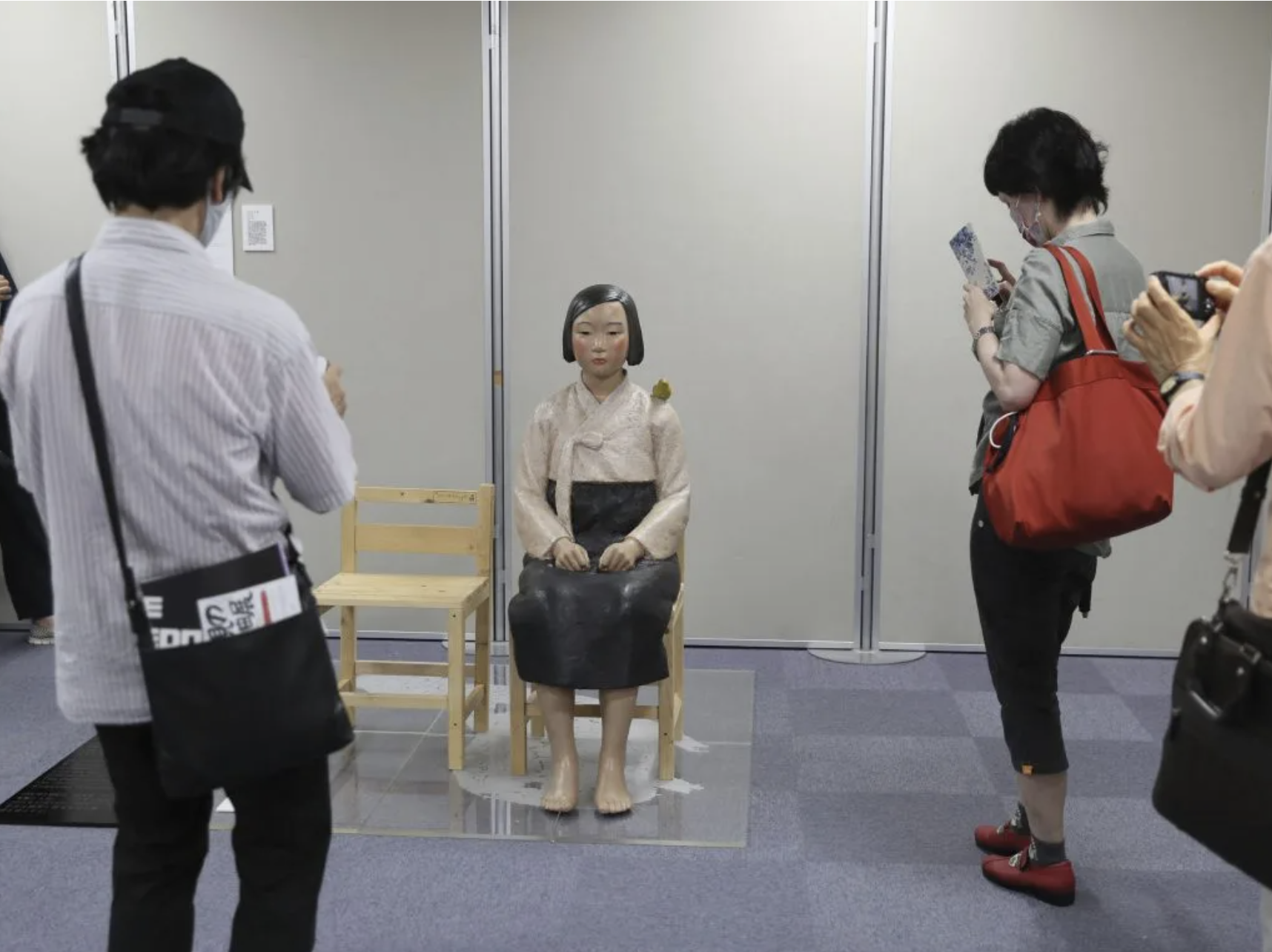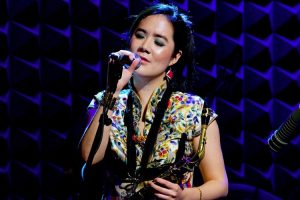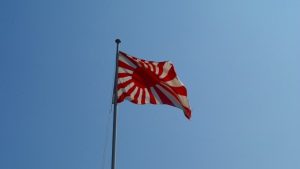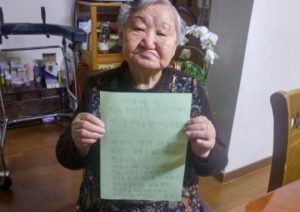A controversial survey of works addressing the history of censorship in Japan, titled “After ‘Freedom of Expression?’”, will be restaged in its entirety at a public gallery in Tokyo April 2—5.
The restaging is the latest in a censorship scandal around the survey dating back to its opening at the Aichi Triennale in Nagoya in 2019.
Three days after it opened, the exhibition was shuttered after critics expressed outrage over a sculpture by Korean artist-duo Kim Seo-kyung and Kim Eun-sung titled Statue of a Girl of Peace. The sculpture memorialized the ianfu, or comfort women—women from throughout Asia, many from Korea, that had been forced into sexual slavery by the Imperial Japanese army during World War II.
The episode is one of Japan’s most sensitive historical events and has been subject to revisionism in the decades since.
The exhibition at the Aichi Triennale was criticized by local government officials and visitors. A campaign of intimidation was launched against the gallery, and in the most alarming case, an anonymous fax threatened to set fire to the exhibition if it remained on view. Fearing an escalation of violence, the exhibition’s artistic director Daisuke Tsuda decided to close the exhibition.
The organizers of “After ‘Freedom of Expression?’” announced last week that the exhibition will be restaged in its entirety with a few additions. Statue of a Girl of Peace will be displayed alongside photographs of victims of forced prostitution by the Japanese military and artwork critiquing the Imperial Japanese government, both of which threaten to again draw outrage.
Sadaaki Iwasaki, a representative of the organizing committee, said during a press conference that the exhibition was being held to “provide an opportunity to think freely about topics such as the Imperial system, colonial rule, the Japanese military’s ‘comfort women,’ and nuclear power issues at a time when people are forced into silence in various forms of expression.”
He added: “Following the invasion of Ukraine, media in Russia that oppose the war are being subjected to controls. We need to once again consider the importance of freedom of expression.”
In response to the exhibition’s closing in 2019, around 70 of the more than 90 artists in the exhibition signed a letter that circulated online in which they called the closure a form of “censorship” and demanded the “After ‘Freedom of Expression?’” portion of the exhibition be restaged in a venue that would ensure the safety of its visitors and staff. A group of international artists included in the main exhibition also condemned the shuttering of “After ‘Freedom of Expression?’” and issued an open letter demanding that their work be removed until the portion was reopened.
In 2021, the exhibition committee attempted to restage “After ‘Freedom of Expression?’” at a private gallery in Tokyo, however the event was postponed following a right-wing campaign of “sabotage and intimidation using vehicles and loudspeakers,” according to South Korean newspaper Hankyoreh.
At the press conference on Friday, committee co-representative Yuka Okamoto anticipated the possibility of further intimidation tactics and said that more than 200 people had volunteered as security.
“I’m confident we can keep the exhibition space secure through the power of artists and the public,” she said.




